In 2001, Google began indexing PDFs. This format is frequently used in academic, corporate, and administrative sectors. Daily, millions of documents are indexed by Google. Examples of documents include pages of content, photos, and PDF files. Frequently, PDF file optimization needs to be remembered. That represents a lost opportunity since, like conventional webpages, PDF files possess the capacity to drive significant traffic.
How PDFs are Handled by Google?
Google results from searches for PDFs have a PDF tag. PDFs are transformed into HTML and indexed accordingly and appropriately. When there are text images in PDFs, Google’s Optical Character Recognition (OCR) algorithm converts the contents of the picture into text. In image search outcomes, pictures in PDF format also get indexed.

The Drawbacks of PDFs for SEO
PDF files have certain drawbacks compared to online pages of content, despite Google indexing and sometimes ranking them −
Absence of certain SEO factors
Numerous SEO factors are identical in PDF files. However, many of them, such as specific link properties like nofollow, etc., are unavailable.
Lack of Mobile Platform Optimization
PDFs are designed to look the same on all platforms. Therefore, a PDF optimized for mobile devices does not exist.
They are Not Frequently Crawled
PDFs are typically crawled less frequently than webpages with regular updates since pdf contents aren’t often modified enough.
Need for Adequate Navigation
Most PDFs need more navigational components, thus rendering it more challenging for users to locate additional content.
Additional Effort Goes into Tracking
Most popular crawlers don’t operate in PDF files but in JavaScript on a website.
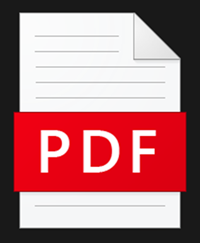
Explore our latest online courses and learn new skills at your own pace. Enroll and become a certified expert to boost your career.
Tips for PDF Optimization
The majority of on-page SEO components that you’re accustomed to viewing in HTML possess a comparable variant in PDFs and are employed identically. There are numerous additional factors for accessibility.
Now we’ll go over some of the techniques for SEO-friendly PDF development −
Add A Title That Is Optimized
PDF files include titles identical to how web pages do. The filename displays in the SERP if the Portable Document Format (PDF) does not have a title.
Publish Quality Content
Google aims to organize every bit of data worldwide. Quality content constitutes valuable material, regardless of whether it is on a web page. PDFs include some of the web’s finest content.
Choose an Appropriate File Name
The internet address (URL) will also contain the name of the document of the PDF. This is considered a minor ranking factor that will affect the URL ranking. The filename is displayed in the search outcomes.
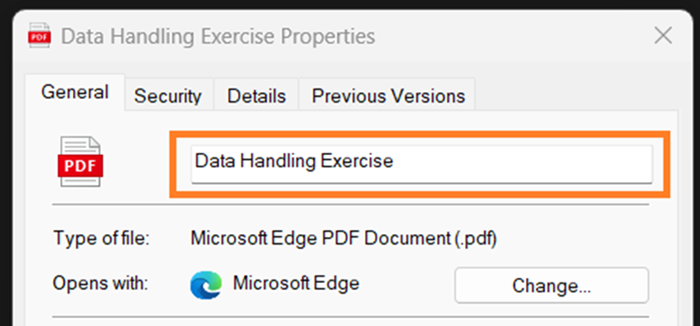
Include A Better Description
While this doesn’t affect your ranking, it does give businesses some influence over the content that shows in search results, similar to how meta descriptions for websites affect search engine results.
Embedding Links
Links inside and outside a website impact ranking, identical to any other page on the site, by incorporating links to the PDF file and leading away from the PDF file to different websites.
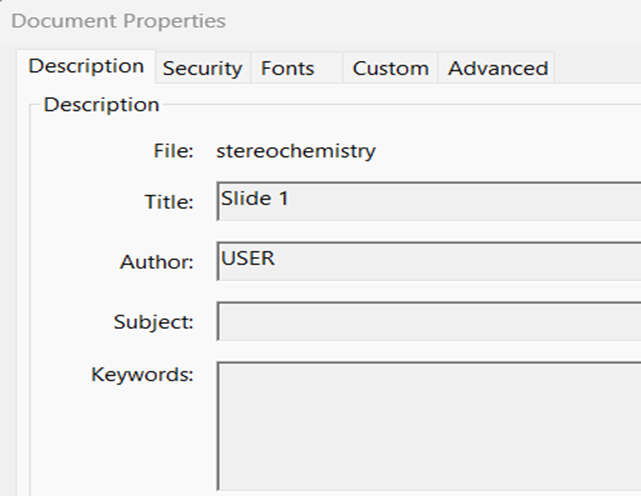
Utilize Header Tags
You can designate specific text in PDFs as headings, similar to how header tags (H1-H6) work on web pages.
Include The Alt Attributes For Images
You can include alt text for each photo in your PDF to assist search engine spiders in understanding the subject matter of the images.
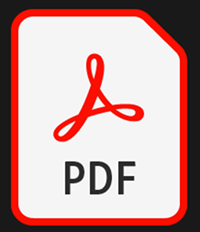
When is a PDF Appropriate to Use?
When creating a document that takes more time and effort, PDFs are frequently utilized, especially if consumers need to have the ability to download and print your content just as you intended.
- eBooks.
- Offline Materials.
- Documents that have a white background (printable easily).
- Documents that describe specifications.
- User Manuals.
How to Optimize Your PDFs for SEO?
Minimize the size of your PDF file by compressing it.
The most crucial thing to check is whether your file has previously been speed-optimized. The size of a PDF file should be minimized, much like a webpage. Inspect your PDF to make sure it is web-friendly. The procedure is simple −
- In Adobe Acrobat, view your PDF.
- The File menu.
- The Properties option.
- Select the Descriptions tab.
- You can access the “Fast Web View” at the window’s bottom. If the answer is “No,” the PDF document has to be optimized.
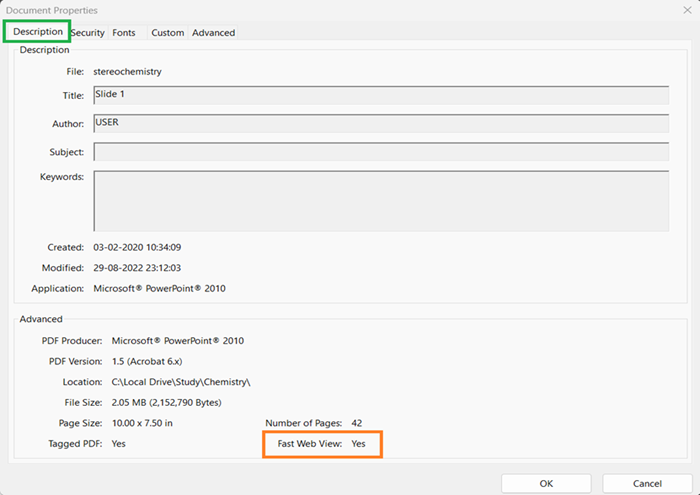
PDF Font Optimization
Utilize conventional fonts. The file’s total size will grow if any additional fonts need to be incorporated.
Reduce The Number of Fonts You Use
Utilize fewer font styles because more fonts merely increase the size of your PDF. The Fonts tab in Properties under File in Adobe Acrobat Reader shows all used fonts in the PDF.
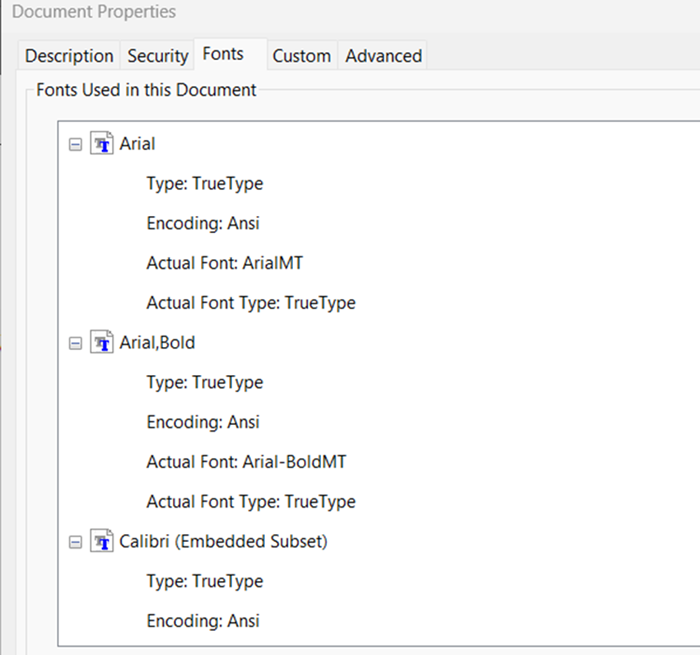
PDF Image Optimization
Utilize only monochromatic bitmap images: If bitmaps are required, utilize monochrome versions rather than colored ones to keep the file size as small as possible.
Employ vector-based graphics: Compared to bitmap graphics, vector-based graphics are more compact and of excellent quality.
Fast Web View
Fast Web View reorganizes a PDF so you can download a page at a time. This is beneficial if the PDF you’re using is a large file.

Conclusion
It’s easy to operate PDF files and produces standardized outputs. They are functional on almost all platforms and consistently have an identical visual appearance. However, using web pages rather than PDFs should be considered when developing fresh content to be published online.
Leave a Reply